 |
| A look at the makeshift front door camera form inside Roper’s living room. |
Given ample time at home and the desire to continue creating images while observing social distancing restrictions, Roper converted his front door into a camera obscura using magnetic dry erase board, gaffer’s tape, cardboard boxes, a dark cloth, c-stand, clamps and sandbags. For photo paper and film, Roper uses Ilford RC IV Multigrade Photo Paper, Ilford Direct Positive Paper and Ilford Ortho 80 Plus. His lens of choice is a Nikkor-W 300mm F5.6 lens in a Copal shutter.
 |
| An overview of all the elements of the front door camera. |
Roper states that he was inspired by his friend, Brendan Barry, an artist and camera builder we’ve featured many times before. Roper was also inspirited by the work of Dorothea Lange and Francesca Woodman. The former is a particularly interesting inspiration given Lange’s famous documentary and photojournalism work for the Farm Security Administration during the Great Depression.
 |
| The conveniently-located window in Roper’s front door. |
Of Door Frames, Roper says, ‘When you have nothing but an abundance of time, you take the time and slow things down. You find that these antiquated processes can reveal and create such beauty.’ Below is a collection of portraits Roper captured with his front door camera:
$ (document).ready(function() { SampleGalleryV2({“containerId”:”embeddedSampleGallery_5564799738″,”galleryId”:”5564799738″,”isEmbeddedWidget”:true,”selectedImageIndex”:0,”isMobile”:false}) });
In order to communicate with his subjects outside, Roper speaks to them from inside his home using a speakerphone. Roper then affixes his photographic paper on the image box using the magnetic dry erase board and captures an image with his Nikkor lens wide open because his photo paper is ISO 3 or 6. Once an image is captured, Roper develops it in his bathroom, which he has converted into a darkroom.
 |
| Prints in the process of being made in Roper’s makeshift darkroom. |
To view more Kyle Roper’s work, visit his website and follow him on Instagram.
Image credits: All photos used with permission from Kyle Roper
Articles: Digital Photography Review (dpreview.com)








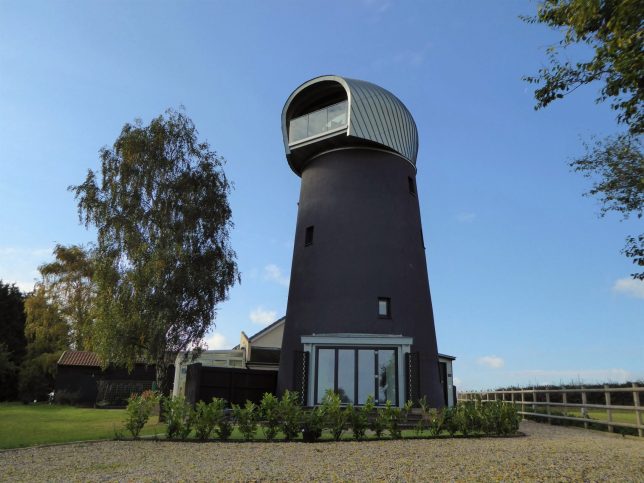
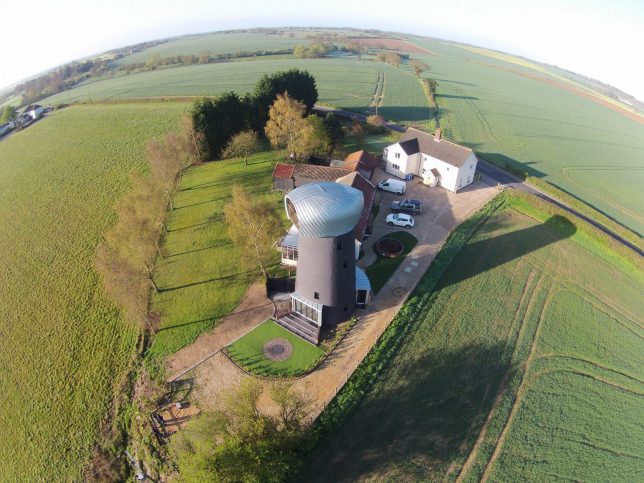
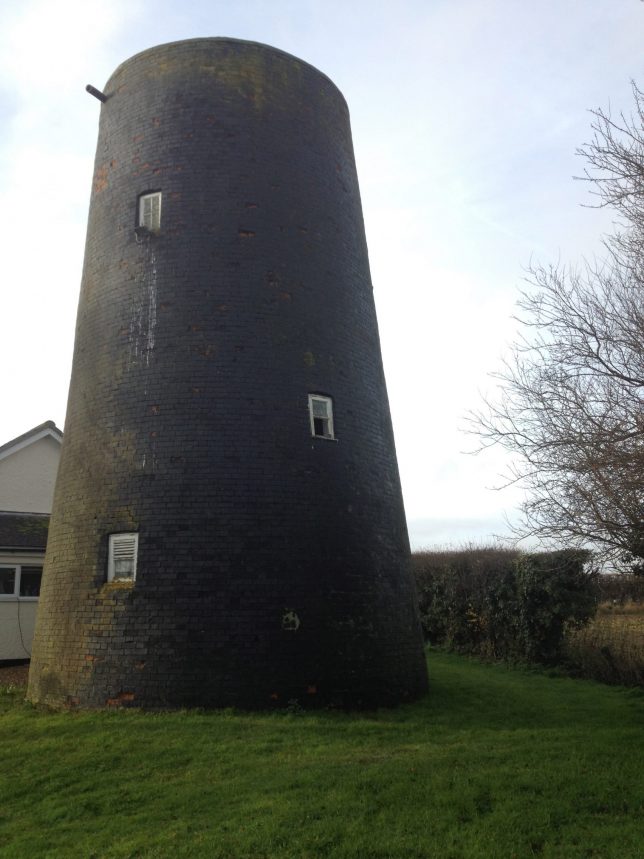
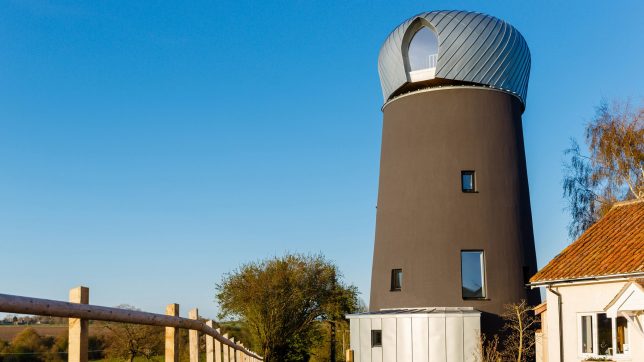
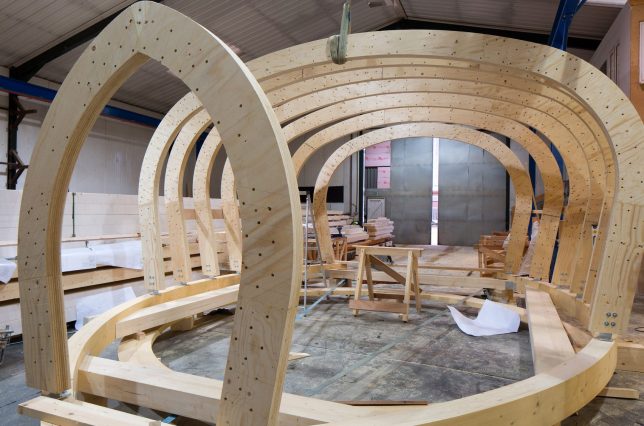

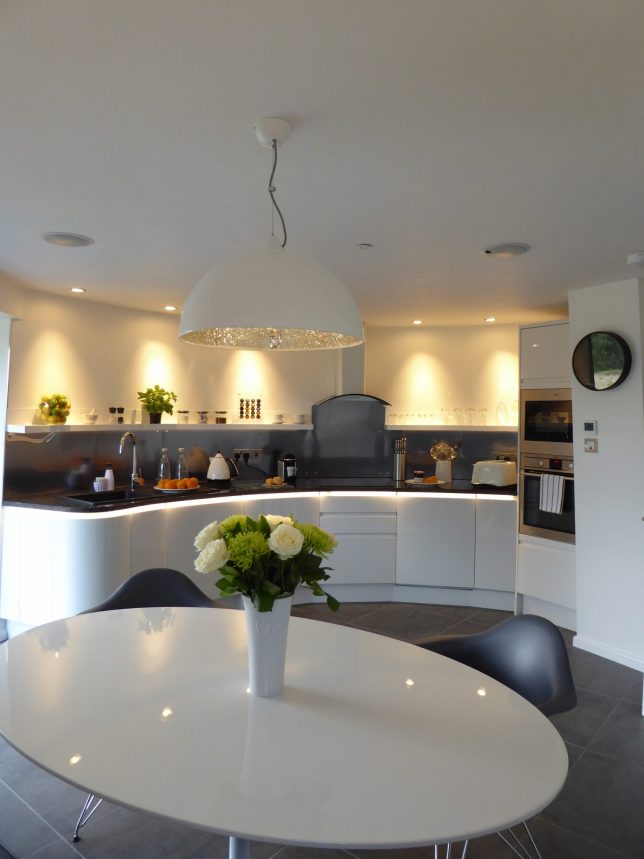




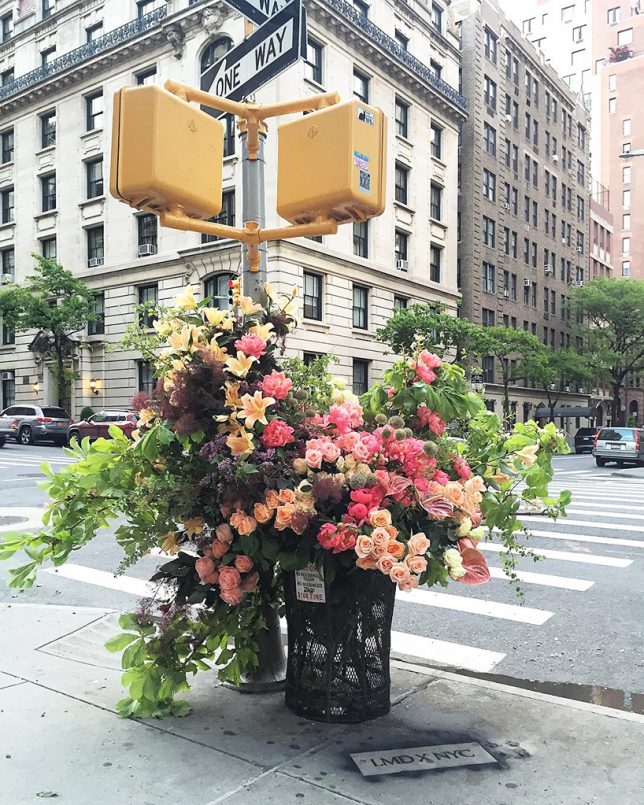
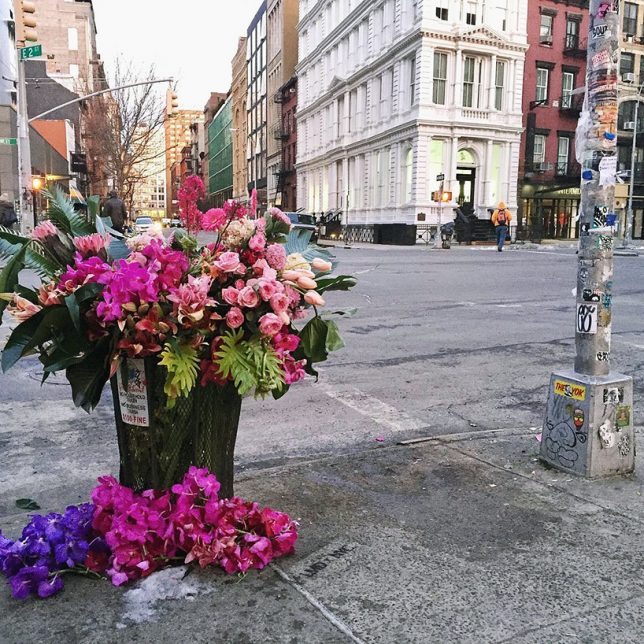

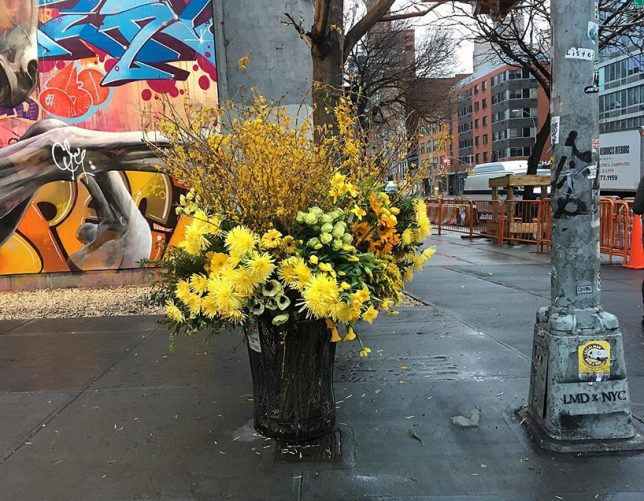
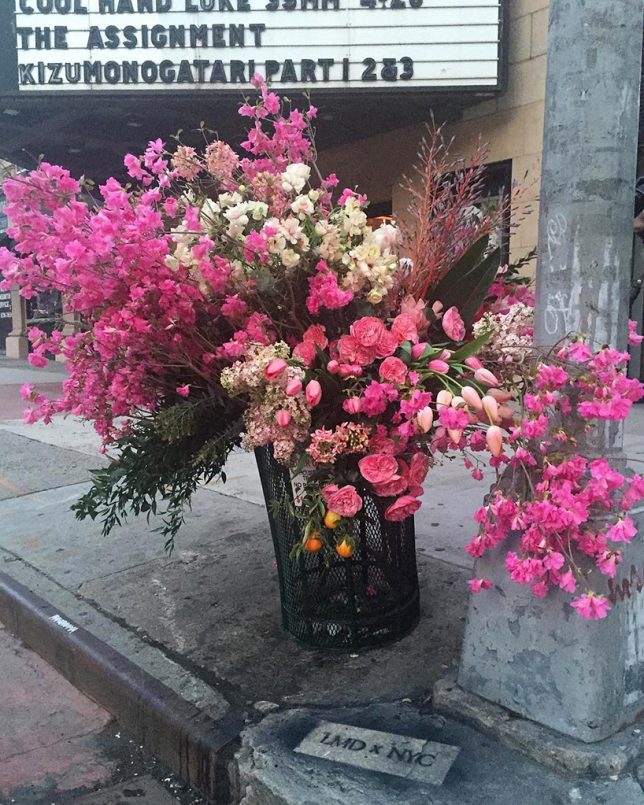
You must be logged in to post a comment.